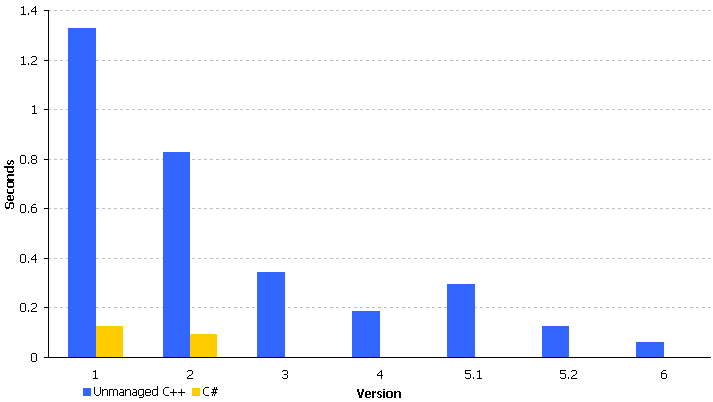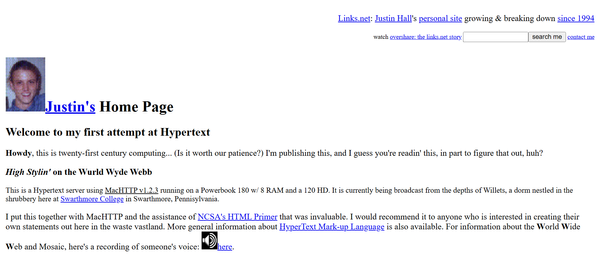
programming languages
Gee, I Wish I Had Spent More Time Alone With My Computer
I was recently reminded of this Dani Berry quote: Danielle Bunten Berry (February 19, 1949 – July 3, 1998) was an American game designer and programmer from St. Louis, Missouri. Born Dan Bunten, Berry underwent what she always referred to as her “pronoun change” in the early 90s. Some of her





